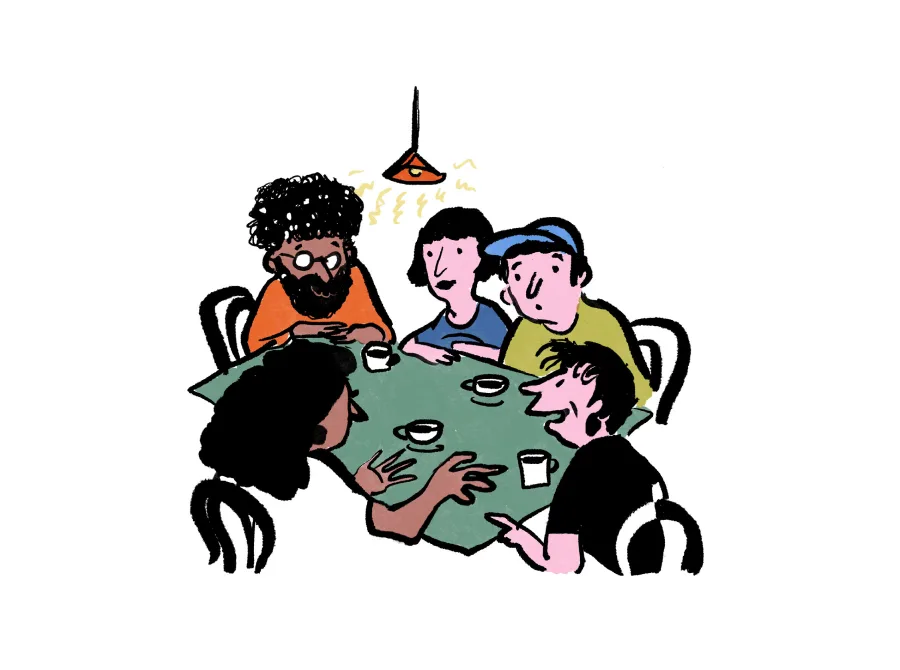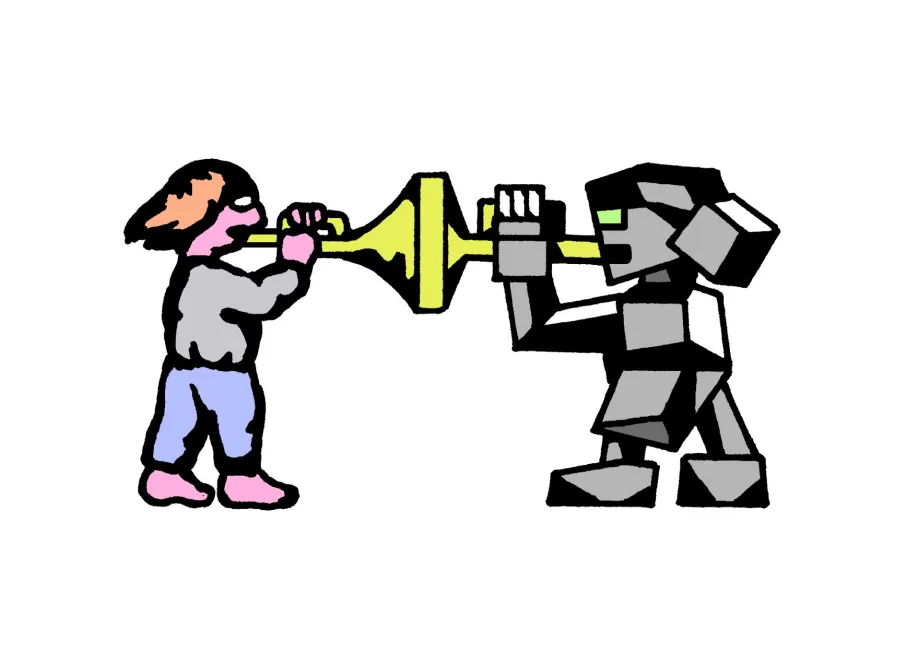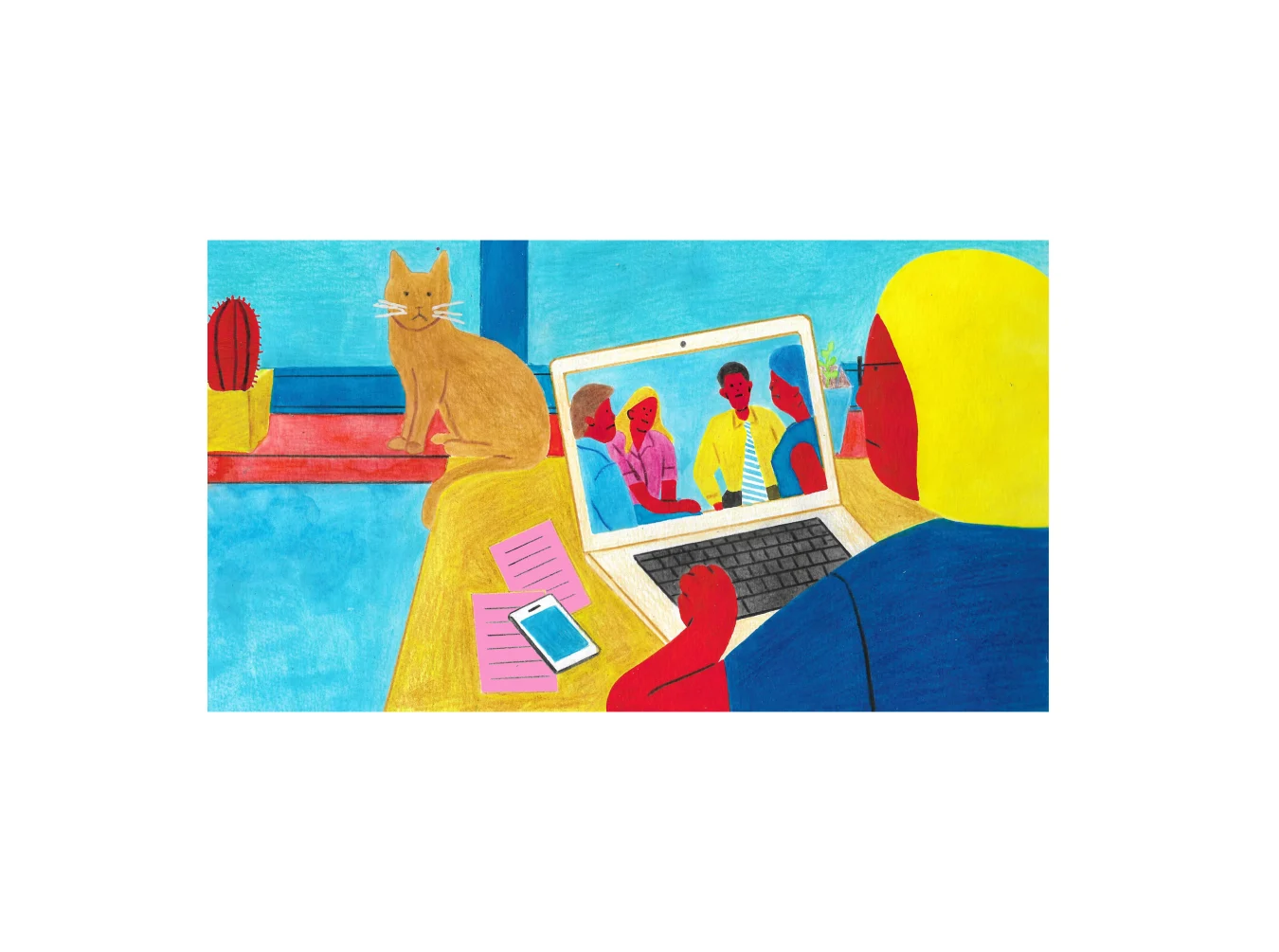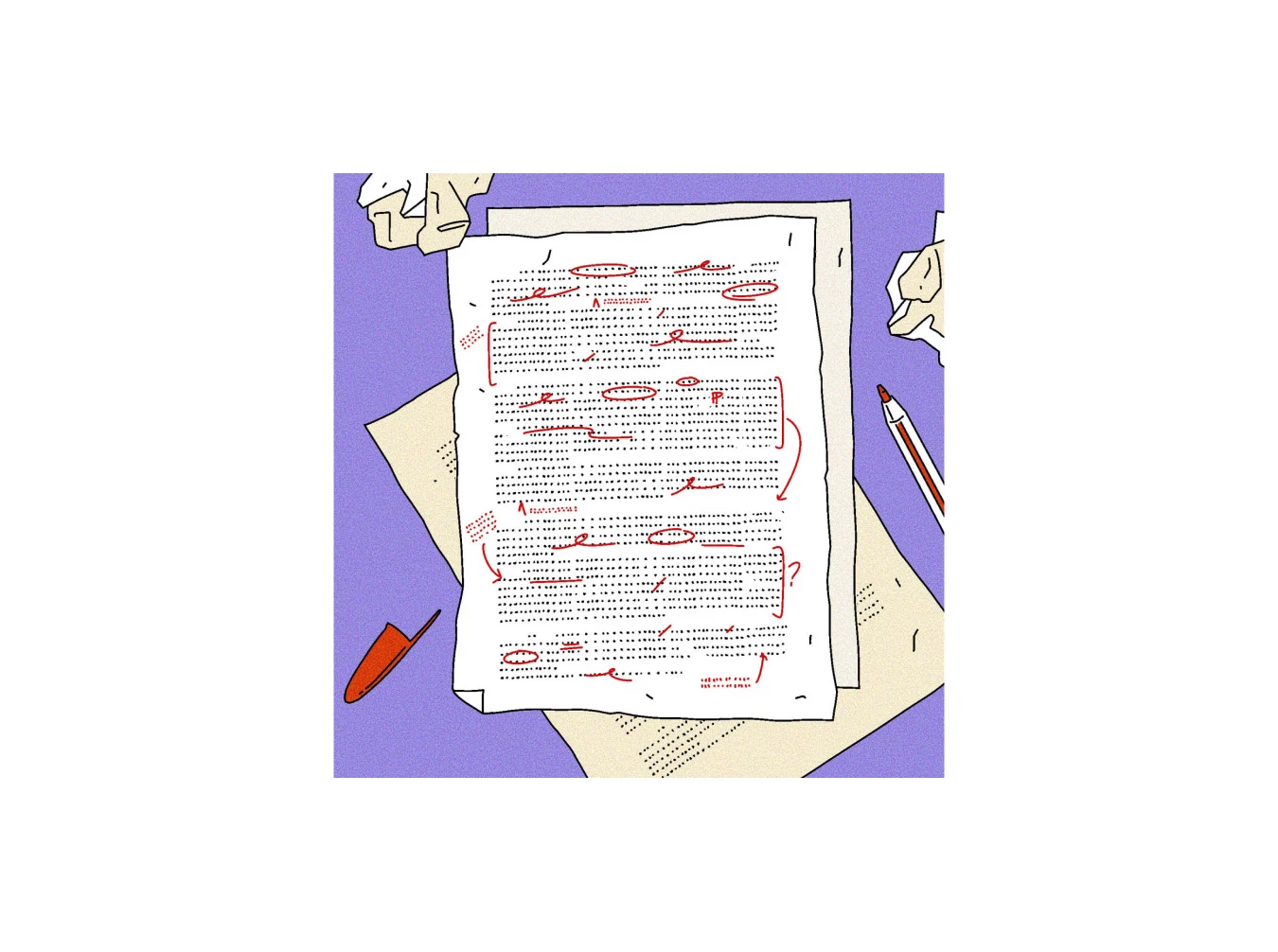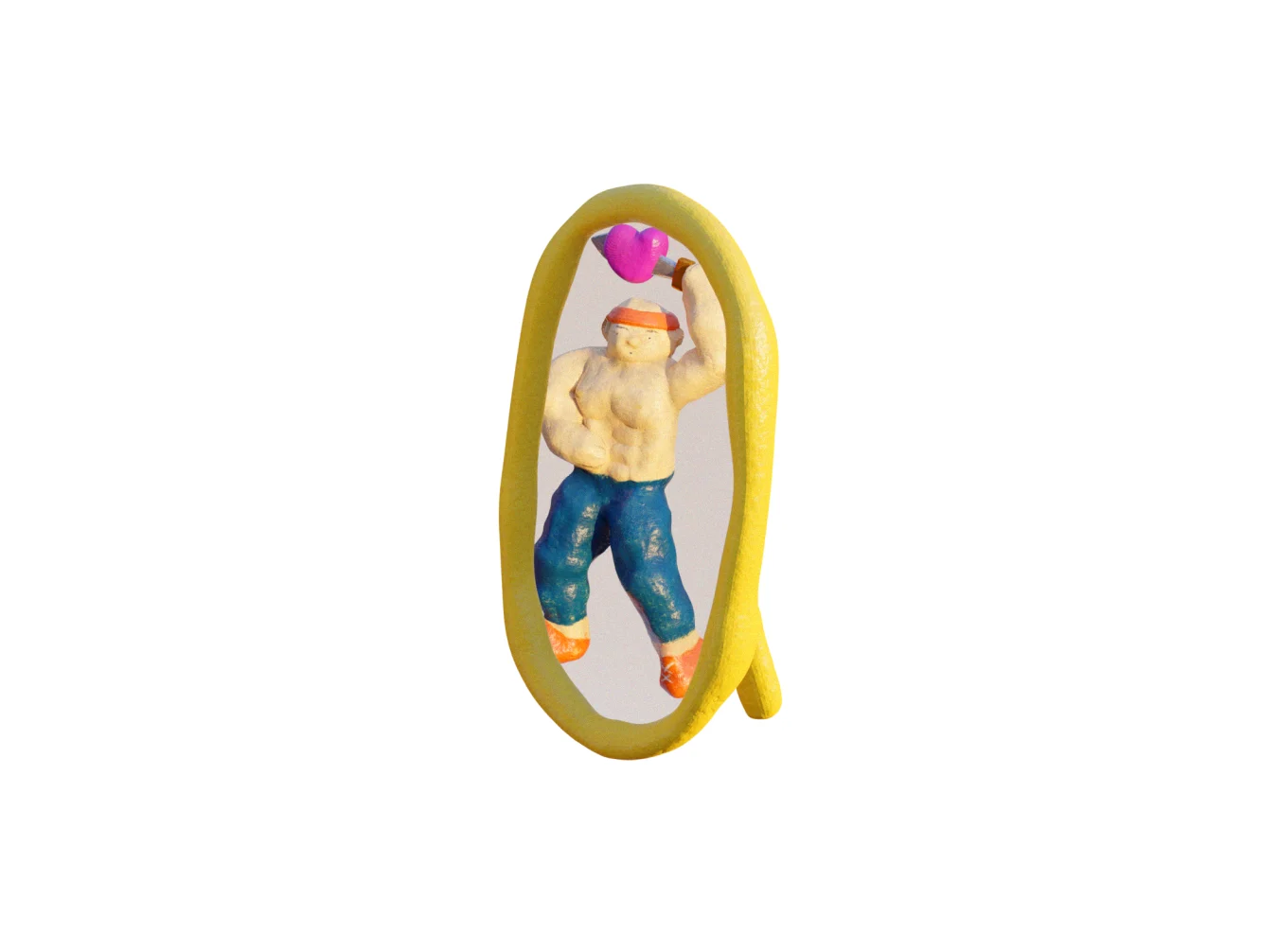

It feels like a weighty and permanent decision. Once you’ve given your project or business a name, you’re sort of stuck with it. It represents everything you and your brand are about—or does a bad job of doing so, with serious implications for your work. As part of WePresent’s Stuff They Don’t Tell You Series, James Cartwright speaks to experts and business owners to find out how to come up with the perfect name for what you’re creating.
“There’s no such thing as a bad name,” says James Greenfield, CEO of London-based branding agency, Koto, who clearly didn’t suffer being called Jimmy for five years in his teens like I did. Greenfield isn’t talking about the moniker his parents gave him though, but the process of naming that forms a key part of his and his 50-strong team’s branding work for clients.
Naming something—whether a product, a brand, an exhibition, or a photographic project—like naming a child, seems like an inherently emotional and intuitive process. But Greenfield makes his living (or part of it, at least) attempting to remove as much of that subjectivity as possible, turning naming from a process driven by gut feel into something entirely more scientific, complete with measurable parameters and objective truths.
“We have a strategic framework that we operate within,” he says of Koto’s process. “We’ve got some mandatories—things like linguistic and cultural acceptability, pronoun stability and a clear understanding of the client’s product. And we never name anything without a strategy (preferably one that we’ve created) to ensure that we have a real insight into our client’s very particular needs.”
There are, he says, three types of people who come to him for names. First, people with a new product or brand who need to find a good name for it. Second, people whose business has changed to the extent that their name no longer makes sense (“they’ve called themselves Trains’n’Stuff and now they want to start selling bus tickets”). Third are the people who need a better name for something they’ve launched because they didn’t spend enough time naming it in the first place, and in most cases have ended up falling foul of the legal system and being sent a cease and desist.
For each, he and his team at Koto employ a tailor-made process, but the basic principles are much the same. They’re not dissimilar to those employed by Louie Zeegen, a freelance strategy and copy director based in Berlin. “We walk clients through these very functional questions—nothing groundbreaking or too definitive—like what trademark classes they need, what their URL considerations are and what other non-negotiables they might have for a name,” says Zeegen. Then the more emotive work can begin, “like how they want the name to feel, what themes they’re drawn towards.” Then, just like Greenfield, “we make sure it feels consistent with the brand strategy we’ve all been working on for months.”
Why this strict adherence to a brand strategy? On its own a name can be pretty meaningless (Meta? Alphabet?). But as a complementary asset within a coherent strategy, a name works alongside the design elements and tone of voice considerations to form a cohesive whole. “I’m sure not many people know that Nike is the Greek goddess of victory,” says Zeegan, “but I’m 90 percent sure Nike would still be a super-successful brand with a different name.”

The same considerations apply outside the world of commercial branding. When choosing a name for her full-service production agency, multi-hyphenate creative Cait Oppermann landed on the name Flowers. “Flowers are simple,” she says, “they’re not esoteric. Everyone has a relationship with flowers, and it just kind of felt right.” But it just kind of felt right after months of carefully mapping the structure and goals of her business.
“I’d taken some time off work and moved up to the Hudson Valley, and I made a bunch of note cards that outlined the aspects of my business and work that were core pillars of what I wanted to spend my time on, and some that reflected what I eventually wanted Flowers to look like. I built this structure with them on my floor until I was like ‘Okay, there it is, that’s the company!’”
The name came easily because the groundwork was already done. Having established a clear strategy and settled on a name that fit, Oppermann could contact Actual Source to design her visual brand assets.
Naming, says Zeegan, is usually the part of the branding process in which clients are least interested. “You very rarely have a client who’s proficient enough in illustrator to draw a logo, but they do understand how to write and spell and think of names, which makes things trickier. With the design elements of a rebrand, you can show them something beyond what they’re capable of, but with a name it’s just a word on a page, and it’s actually quite a hard process to imbue that word with a richness or another dimension that turns it into a name.”
His ideal clients then, are those who bring an enthusiasm to the process and are generous with their time when it comes to giving insight into their brands. Some recent work for biotech lifestyle brand NPOL (Normal Phenomena of Life) is some of his favorite work to date, partly because his clients allowed him to get weird (“I got to write manifesto poem!”) and partly because they all gave him real insight into what the new brand was all about. “The process started in exactly the same way it always does: we had frank conversations and I asked them the same strategy questions.
“But everything about it goes against sort of the fundamentals or the building blocks of branding, because everyone had the appetite to break the mold.”

For most of us, purchasing the services of folks like Greenfield and Zeegan to work on our naming or branding projects would put us way over budget, but we can employ some of their tips and tricks without having to fork out any cash. And here they are:
Forget the name
Yes, really. If you want to land on a good name, start the process by ignoring it altogether. Spend some real time thinking about the motivations behind your project or enterprise. “Get to the nitty gritty or the nuts and bolts or the northstar or the actual driving force behind the brand or the organization first,” says Zeegan. “Be name agnostic. You can work with more or less any name, but the strategy needs to be good enough to give you a good clear direction.”
Plan WAY ahead
This is less of a consideration if you’re naming something one-off like an exhibition or a single piece of creative work, but if you’re building a brand then it’s important to think about longevity. “Very few of our clients are doing today what they were doing yesterday, and they’ll probably be doing something different tomorrow,” says Greenfield. “So having a name that’s descriptive of what they do can be really problematic. Uber couldn’t do food if they were just called Black Cars, but that was all their business was when they began.” So unless you want to fork out lots of cash to rename your brand in the future, spend some time thinking about the ways it might evolve.
Name outside the box
There are more words out there in more languages than you can possibly imagine. Make use of them. “When I was a junior, my copy director would tell us to look at the Finnish language,” says Zeegan. “None of the words in Finnish are Latin-based, so they’re not recognizable, and they look really weird with loads of vowels. So if you put words that mean something to you into the Finnish language then you can take things out of those words or spin them around. It’s a great jumping off point for inspiration, which is always a good way to get your way away from the blank page.”

Don’t stress about social handles and URLs
Not that long ago we had to remember URLs and type them out with our hands, but these days almost every domain is reached through some kind of intermediary search engine. The same goes for social media handles. So in this day and age, “never choose a name just because the URL is available,” declares Greenfield. “It’s never a good reason.”
Think like a litigator
Instead, spend all the time you could have spent looking up available URLs making sure that someone else doesn’t already own your name. Trademark law is a lucrative business and plenty of large brands keep lawyers on salary just to police how names are being used. Some are more litigious than others. The big tech companies are known to be trigger happy when it comes to suing over trademark infringements, but at a time when even a little London bakery can be sued over its name, is anyone really safe? Once you’ve landed on a name, run it through a piece of software called Coresearch to make sure you’re on the right side of the law.
Don’t get too attached
Even if you think you’ve found the perfect name for your business, and the trademark searches are looking good, there’s no real guarantee you won’t have trouble in future. “I’ve been in processes before where we’ve shared names that everyone feels good about,” says Greenfield, “and then the client will take it to their legal counsel to be told it’s not gonna happen, someone already owns it. Anything you can do to minimize that disappointment is better for everyone involved.” So don’t get too attached.





